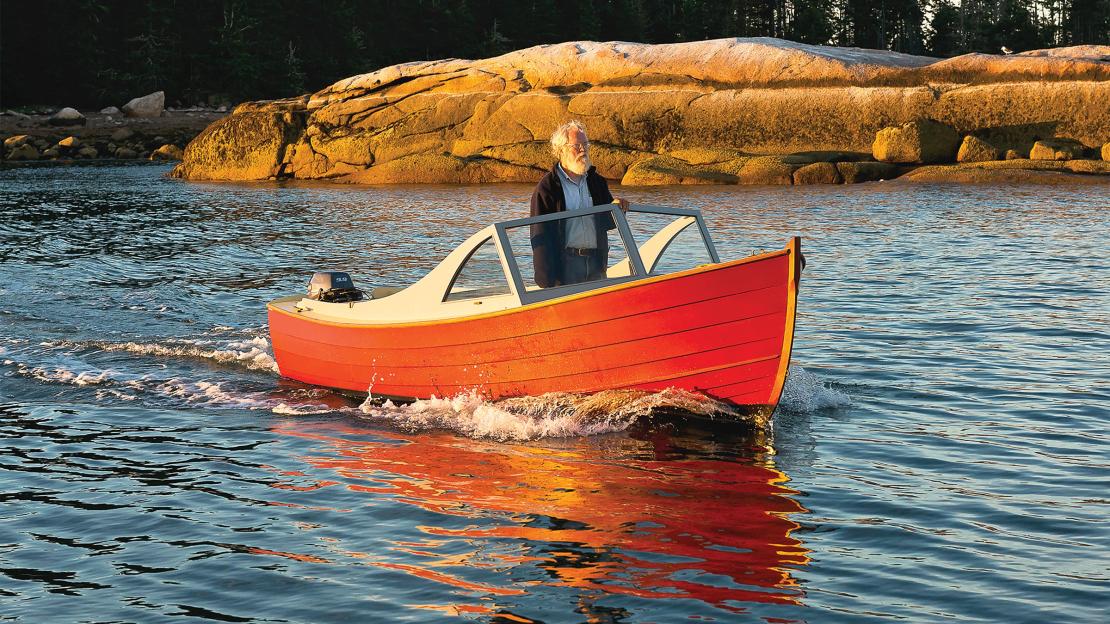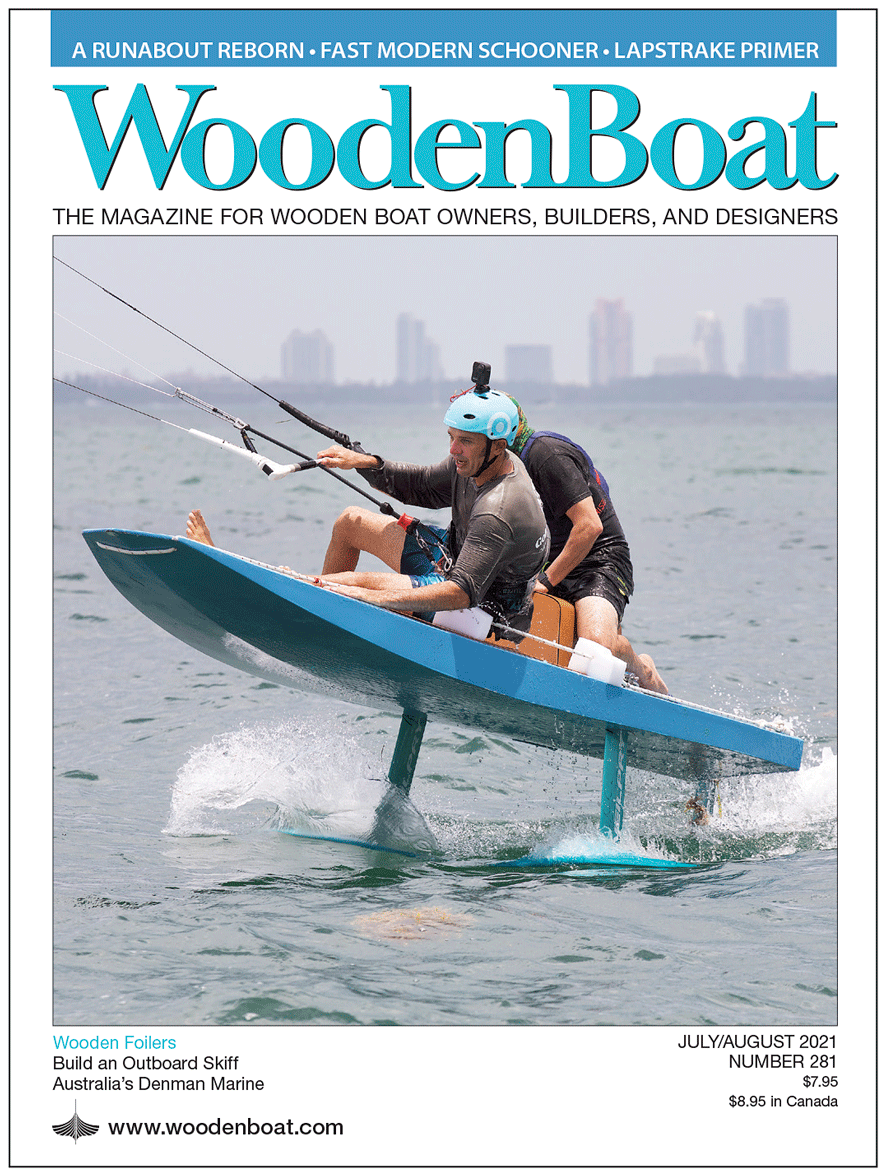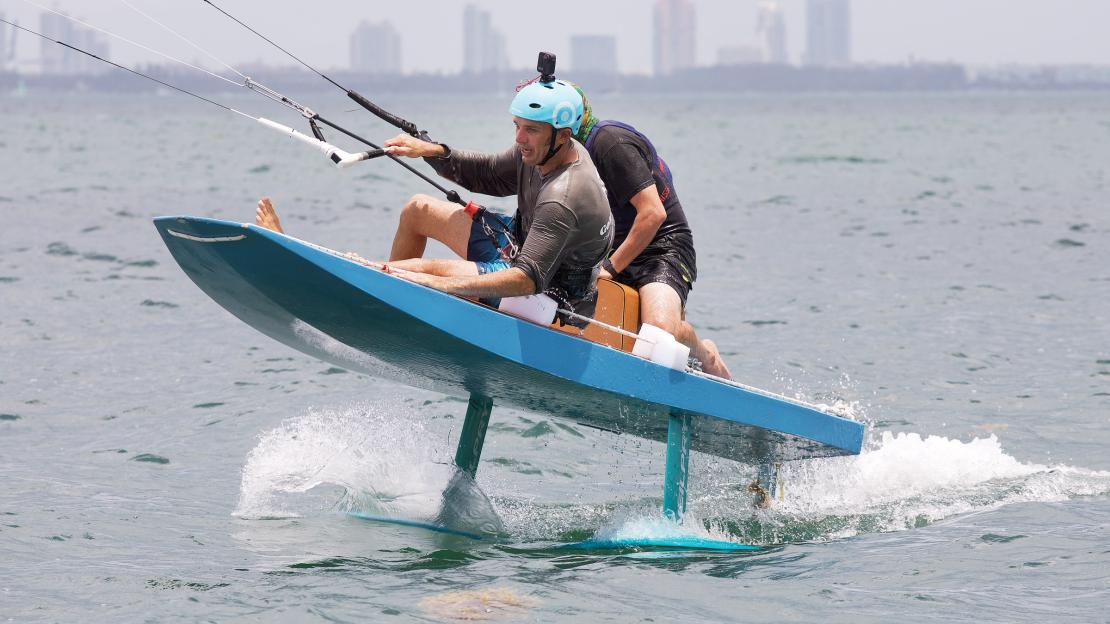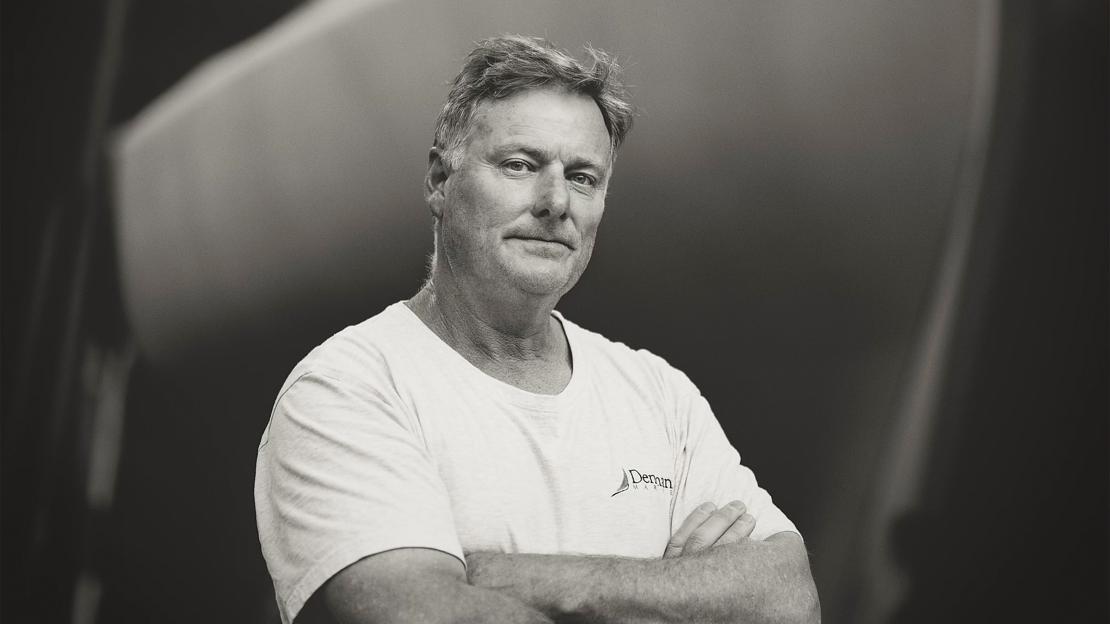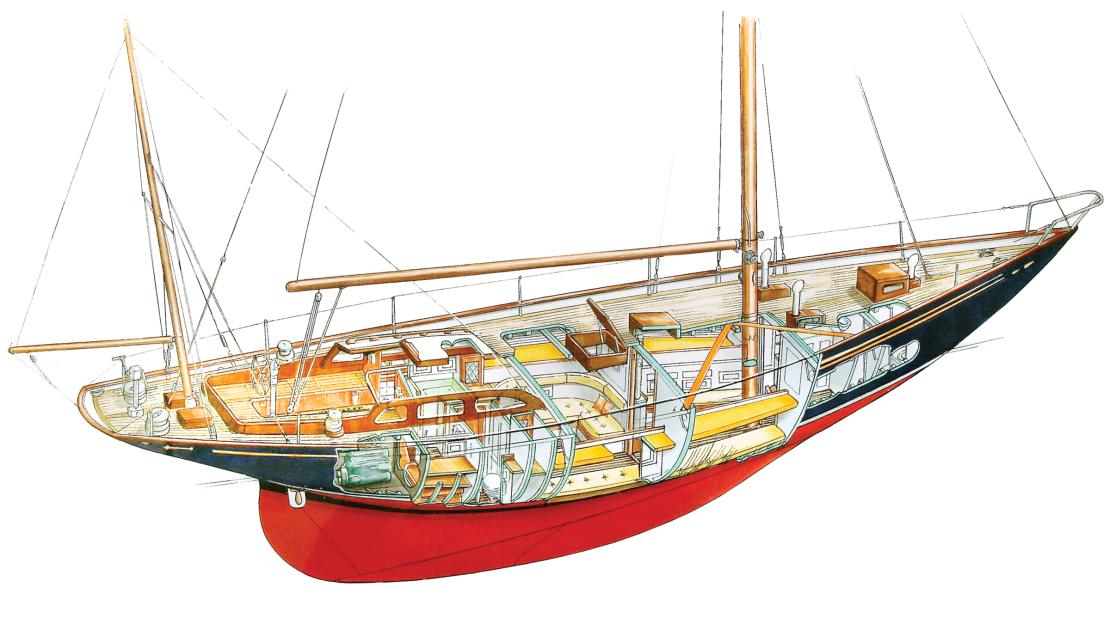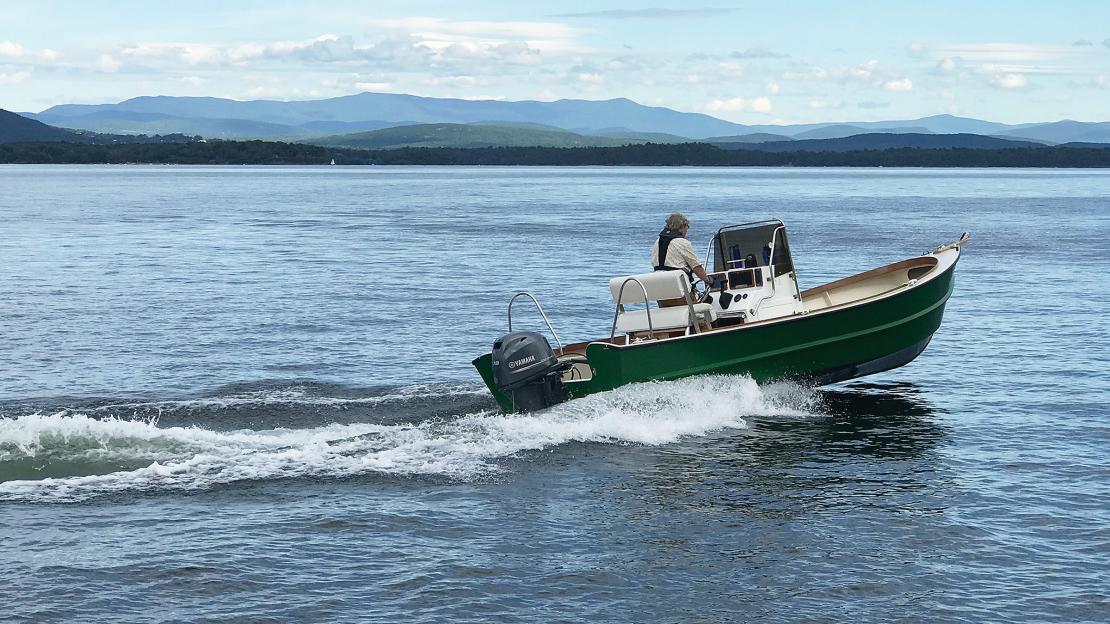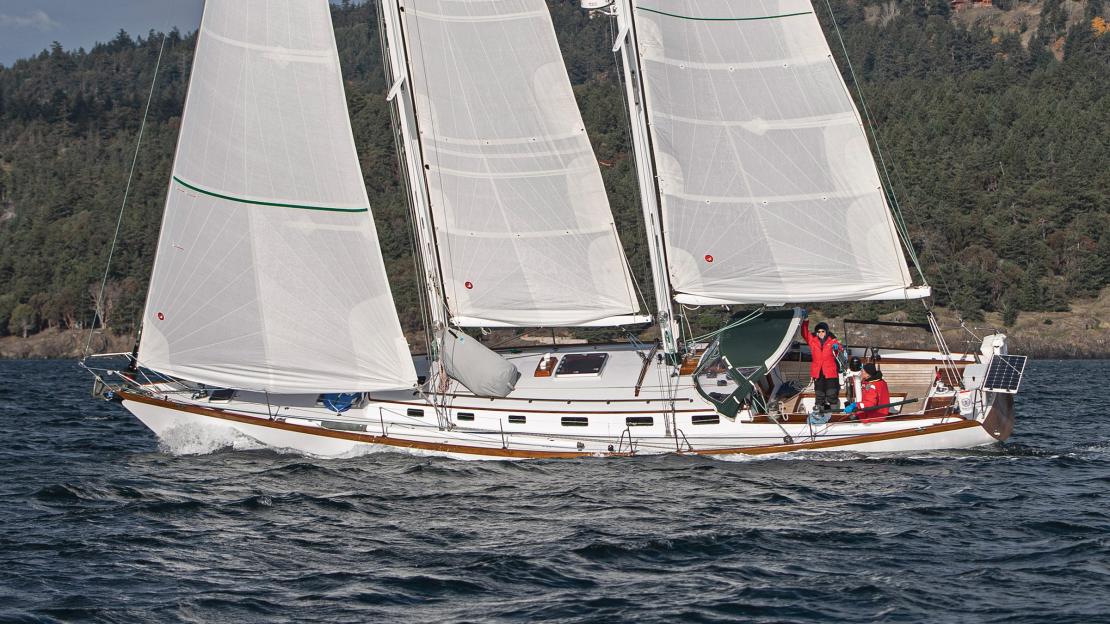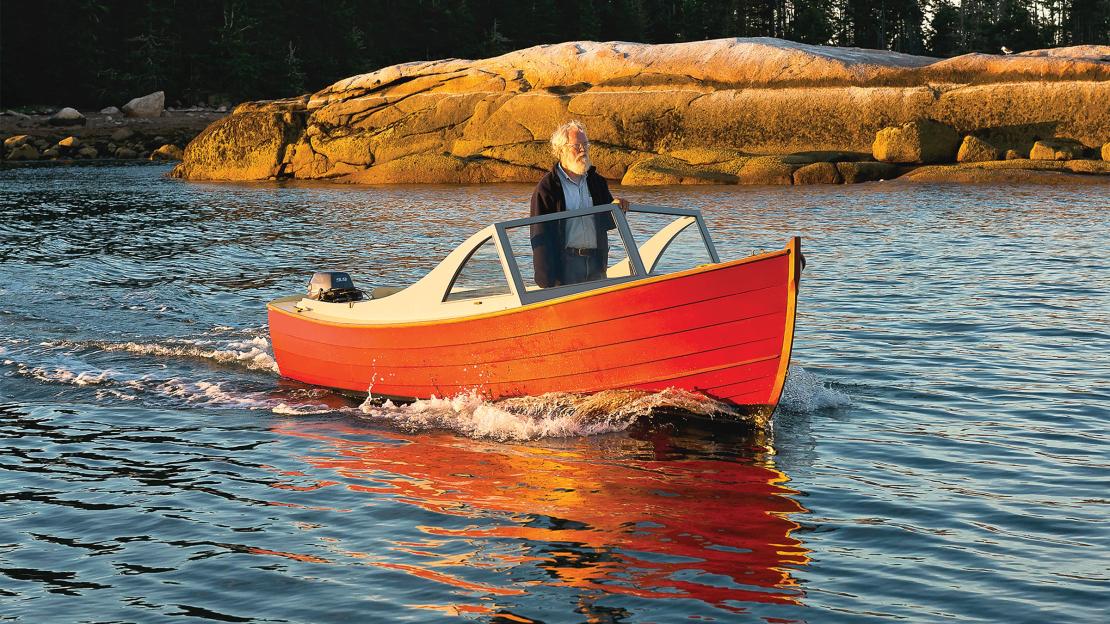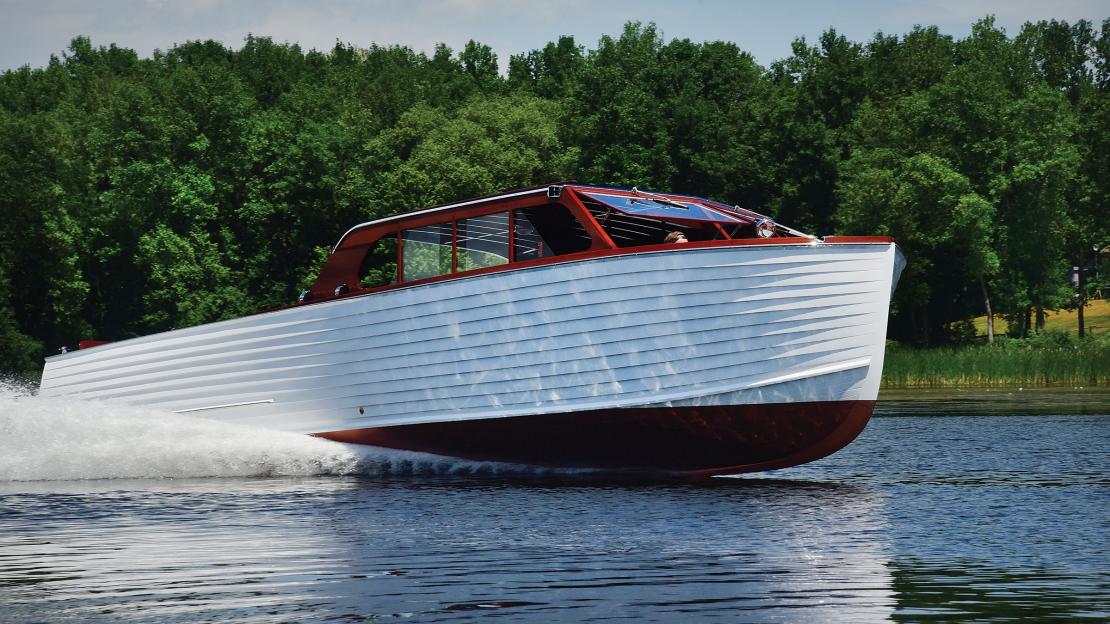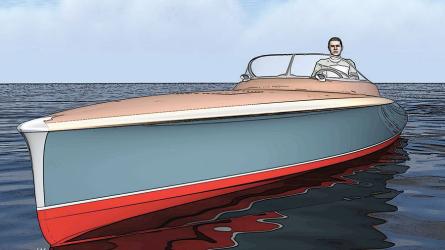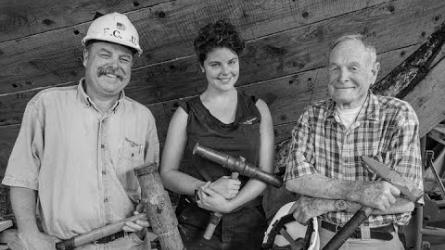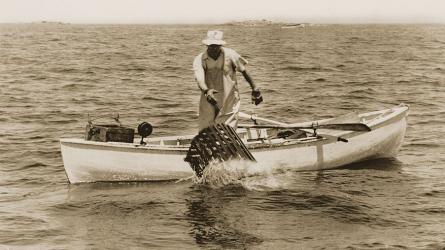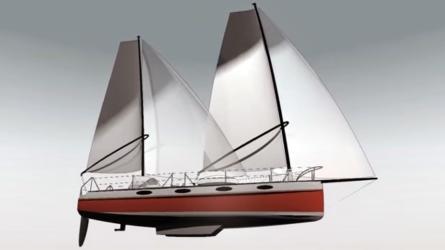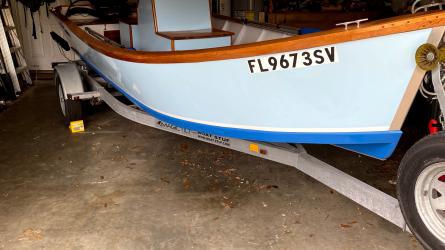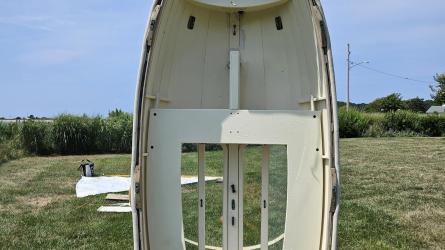If It’s Wood, and It Flies…
One of this magazine’s founding principles was that it would not be devoted exclusively to preserving the cherished, time-honored traditions of wooden boat building. While proven processes and techniques are a critical element of what we strive to convey, we are also deeply committed to the evolution of how wooden boats are designed, built, and repaired. Several years ago, we distilled this posture into the informal slogan, “If it’s wood, and it floats….” This issue’s cover image, for me, exemplifies that commitment. It shows two men, Nathan Coffman and Del Waters, working to get a foiling sailboat up and out of the water—“flying,” in the parlance of foil-sailors.
Nathan and his parents, Bill and Carol—along with a crew of artisans and technicians—operate CF Boatworks of Fort Lauderdale, Florida. Beginning on page 26, Associate Editor Delaney Brown describes that company’s decade-long quest to improve the wooden foiling sailboat. CF Boatworks, as we learn in the article, is at the vanguard of making foiling technology widely accessible. The boat in the cover image carries two sailors, rather than just the solo skipper. And it is propelled by a kite (you can get a full view of this yellow cloth blade on page 30). “Foiling boats,” Delaney writes, have “become the norm in the upper echelons of the match-racing world…the foiling phenomenon continues to trickle down to other sailboat design.”
As I peruse this issue, I’m awed by other technologies that have trickled into the world of wooden boats. Consider SKIPPER, the classic runabout described in Bruce Kemp’s article, “Up from the Ashes,” beginning on page 84. This 32' family heirloom burned to the waterline a few years ago, and there were no surviving plans to inform its reconstruction. But the crew at Sirens Boatshop in Ontario, Canada, were able to computer-model the hull using data derived from photogrammetry. They combined the resulting shape with details gleaned from similar boats to create an accurate reconstruction.
Consider, too, Bruce Stannard’s story of Andrew Denman and Denman Marine in Australia’s island state of Tasmania (see page 34). Among Denman Marine’s many endeavors, they are the Australian agent for Chesapeake Light Craft (CLC) of Annapolis, Maryland. John Harris, CLC’s proprietor, was impressed with the consistently superb quality of Denman Marine’s work, and several years ago invited a discussion of their becoming CLC’s Australian agent. The two businesses came to quick terms. Making this relationship all the more remarkable is that the arrangement was negotiated without Denman and Harris ever having met in person. Denman cuts CLC kits using files transferred to him via computer. “We give him a lot of latitude,” Harris told me, indicating the faith he puts in Denman’s workmanship and judgment. The customer feedback, Harris says, has been superb.
If we look back at the evolution of wooden boats—and boats in general—over the past century, we see certain developments that are now considered commonplace: internal combustion, external ballast, steam-bent frames, marconi rig. And now we can add to that list photogrammetry, foils, epoxy, and file transfer. What a thrill it is to watch that evolution continue.

Editor of WoodenBoat Magazine
